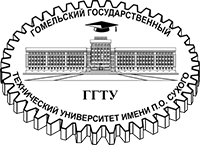Рассмотрены особенности бизнес-процессов воспроизводства трудовых ресурсов на
предприятиях Республики Беларусь. Представлены ключевые аспекты, влияющие на эффективность управления человеческим капиталом, включая взаимодействие с государственными структурами, внедрение инновационных технологий и программ социальной поддержки сотрудников.
The article is devoted to the specifics of the business processes of labor reproduction at enterprises of the Republic of Belarus. The key aspects affecting the effectiveness of human capital
management are considered, including interaction with government agencies, the introduction
of innovative technologies and social support programs for employees.







